blog»Marketing»Sustainability Marketing That Works: 4 Brands Turning Values into Impact
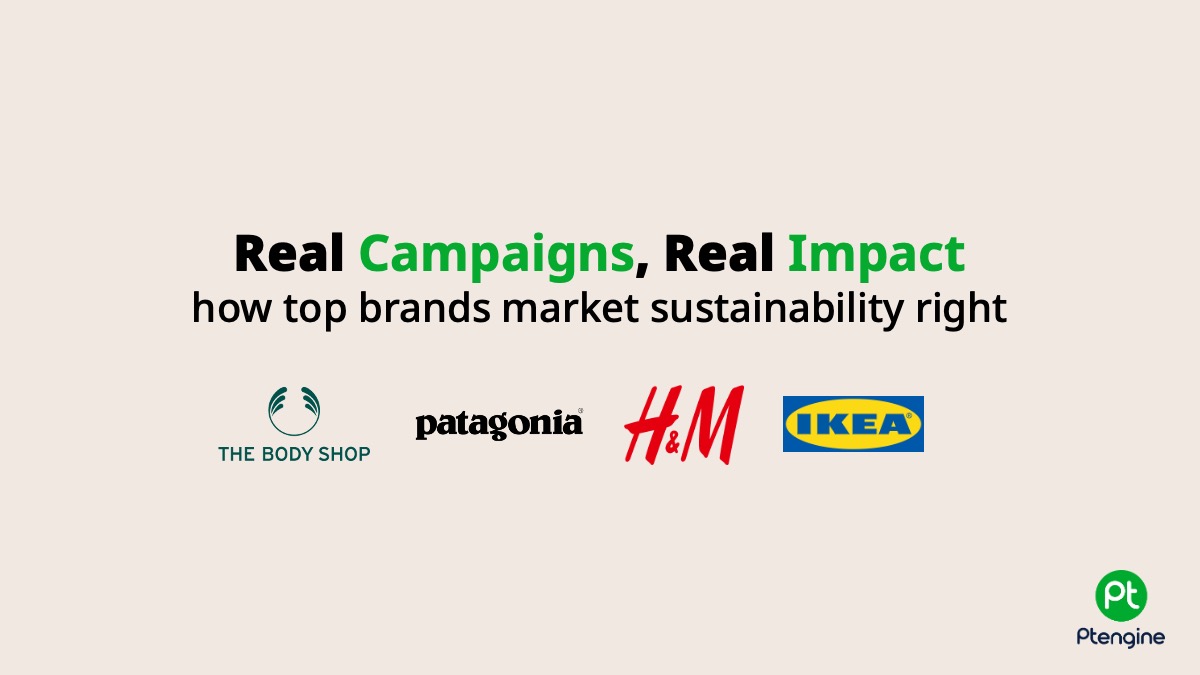
Sustainability Marketing That Works: 4 Brands Turning Values into Impact
2025/06/03
You can read this article in about 13 minutes
Introduction
Sustainability is no longer a buzzword—it’s a business strategy.
For years, marketing teams treated environmental messaging as a side project or seasonal campaign. Today, that’s changing. Brands across industries are putting sustainability front and center, not only to meet growing consumer expectations but to future-proof their business.
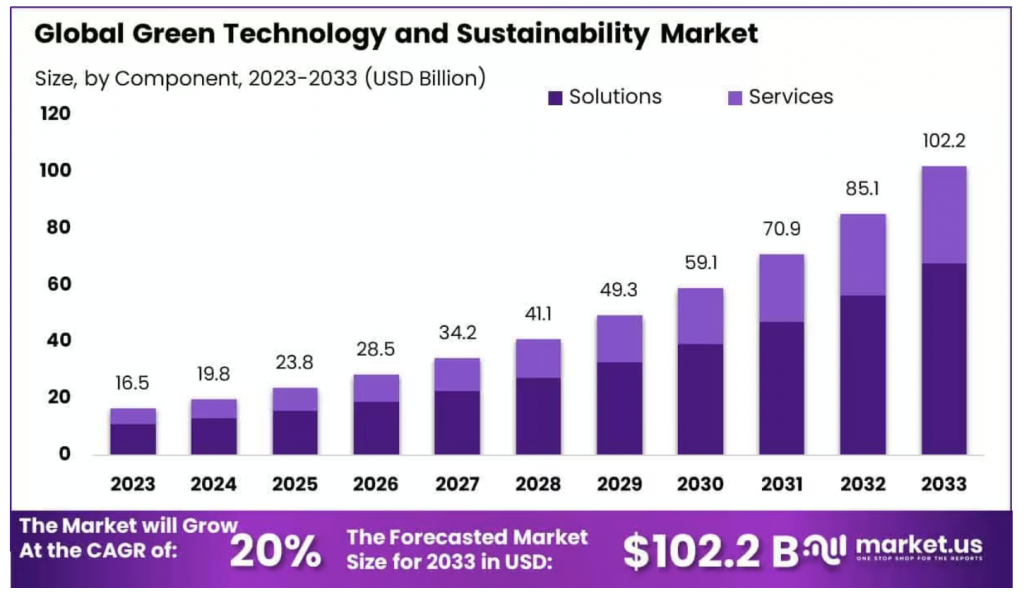
This shift isn’t just about doing good. It’s about staying relevant. Customers—especially younger generations—are asking hard questions about where products come from, how they’re made, and what impact they have. If a brand can’t answer clearly, they risk losing both trust and market share.
In this article, we’ll explore why sustainability has become a powerful marketing lever—and how four leading brands are turning values into long-term impact. From bold campaigns to smart product design, these companies show how sustainability can be both ethical and strategic.
1. Why sustainability matters now (more than ever)
Sustainability has shifted from “nice to have” to “non-negotiable.”
More and more consumers are paying attention to what brands stand for—and how their products are made. In fact, studies show that over 70% of global consumers say they would change their shopping habits to reduce environmental impact. That number jumps even higher among Gen Z and Millennials.

But this isn’t just a consumer trend. It’s a marketing reality.
Buyers today expect brands to take responsibility—not just for their products, but for their supply chains, packaging, and overall footprint. And they don’t just want generic “green” claims. They want transparency, proof, and action.
At the same time, regulatory pressure is increasing. From carbon labeling to plastic reduction laws, companies are being pushed to think long-term. Brands that lead with sustainability now won’t just stand out—they’ll be more prepared for what’s coming.
Smart marketers are leaning in.
They’re using sustainability to build trust, tell better stories, and create real differentiation in crowded markets.
What marketers should take away:
- Buyers don’t just care about price and quality—they care about impact.
- Sustainability builds emotional loyalty and long-term brand trust.
- To market sustainability effectively, it needs to be backed by real action and transparency.
2. Patagonia – Turning activism into brand identity
Patagonia doesn’t just market sustainability—they live it.
Their most famous campaign, “Don’t Buy This Jacket,” told customers to think twice before buying more. It was bold. Contradictory. And completely on brand.
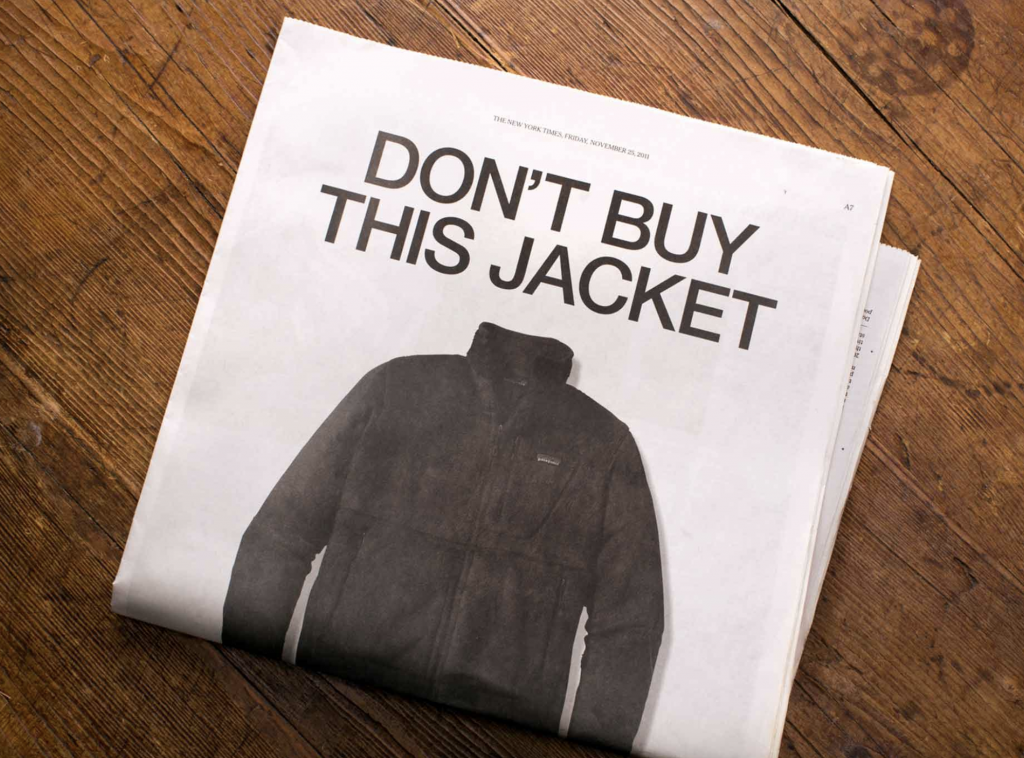
This anti-consumption messaging wasn’t a gimmick. It reflected their broader mission: reduce waste, extend product life, and fight for the planet. Patagonia offers lifetime repairs, encourages secondhand resale through its Worn Wear program, and donates 1% of sales to environmental causes. In 2022, they even transferred ownership of the company to a trust that directs profits toward climate action.
All of this is reflected in their marketing. The tone is transparent. The message is consistent. And the brand has earned deep trust by aligning its actions with its values.
What marketers can learn:
- Don’t be afraid to challenge industry norms—your boldest message may be your strongest.
- Make sustainability the core of your brand, not just a campaign.
- Authenticity comes from consistency—Patagonia’s message hasn’t changed in decades.
3. IKEA – Circular economy at scale
IKEA isn’t just talking about sustainability—they’re redesigning their entire business around it.
One of their most impactful initiatives is “Buy Back Friday”—a direct counter to Black Friday. Instead of encouraging more shopping, IKEA invites customers to return their old furniture in exchange for store credit. These items are then resold through IKEA’s secondhand sections, extending the life of each product and reducing waste.
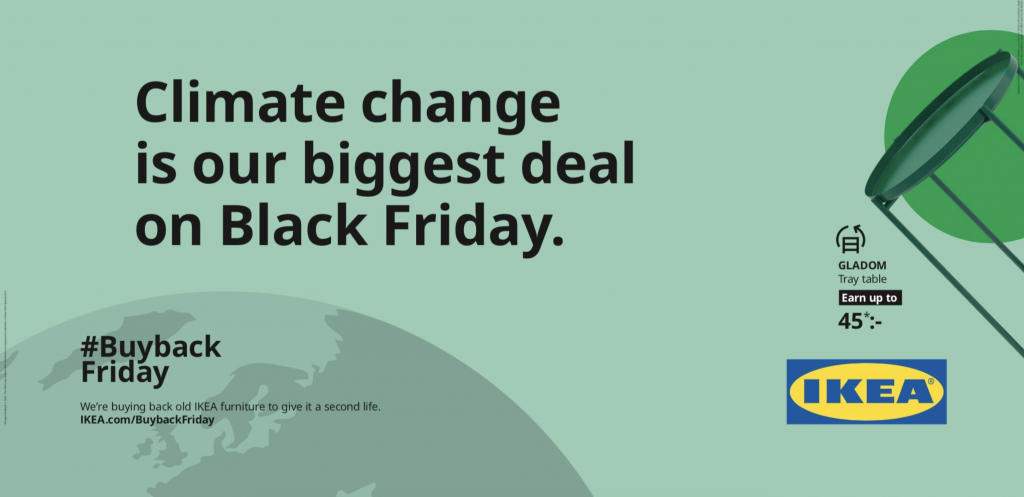
But it doesn’t stop there. IKEA is testing circular stores, using more sustainable materials across product lines, and aiming for 100% renewable energy in its operations. Their messaging is simple, relatable, and action-oriented—just like their products.
Instead of guilt-tripping shoppers, they frame sustainability as something easy and practical. That’s what makes it effective.
What marketers can learn:
- Reframe commercial events to align with your values (e.g. turning Black Friday into a buy-back program).
- Sustainability doesn’t have to be serious—practical, everyday actions resonate.
- Communicate your efforts clearly and confidently, even when you’re still evolving.
4. H&M – Fast fashion meets conscious messaging
H&M operates in one of the most criticized industries when it comes to sustainability: fast fashion. But instead of ignoring it, they’ve leaned into change—through transparency, accessibility, and consistent consumer engagement.
One of their core sustainability initiatives is the “Close the Loop” program, which encourages customers to bring back old clothing—any brand, any condition—for in-store recycling. This isn’t just a feel-good initiative; it’s designed to reduce textile waste and shift behavior.

They’ve also introduced their Conscious Collection, featuring garments made with recycled or sustainably sourced materials. Each product includes a breakdown of its environmental impact, allowing shoppers to make more informed decisions.
Of course, critics argue this isn’t enough. But H&M hasn’t claimed perfection—they’ve focused on progress and visibility. And from a marketing standpoint, that’s helping them stay in the conversation while driving change from the inside.
What marketers can learn:
- You don’t have to be perfect to start. Show progress, and be open about the journey.
- Give consumers clear actions they can take to participate in your mission.
- In high-volume industries, small shifts in consumer behavior can have a big impact.
5. The Body Shop – Purpose-driven since day one
Long before sustainability became a marketing buzzword, The Body Shop was already walking the talk.
Founded on ethical sourcing, cruelty-free products, and environmental activism, The Body Shop built its entire brand around doing business differently. What makes them stand out today is that they’ve stayed consistent—evolving their practices without diluting their purpose.
A standout initiative is their refill stations, which are now being rolled out in stores globally. Instead of buying a new plastic bottle each time, customers can refill shampoo, body wash, and other products in reusable containers. It’s not only good for the planet—it’s a visible, hands-on experience that brings sustainability to life at the store level.
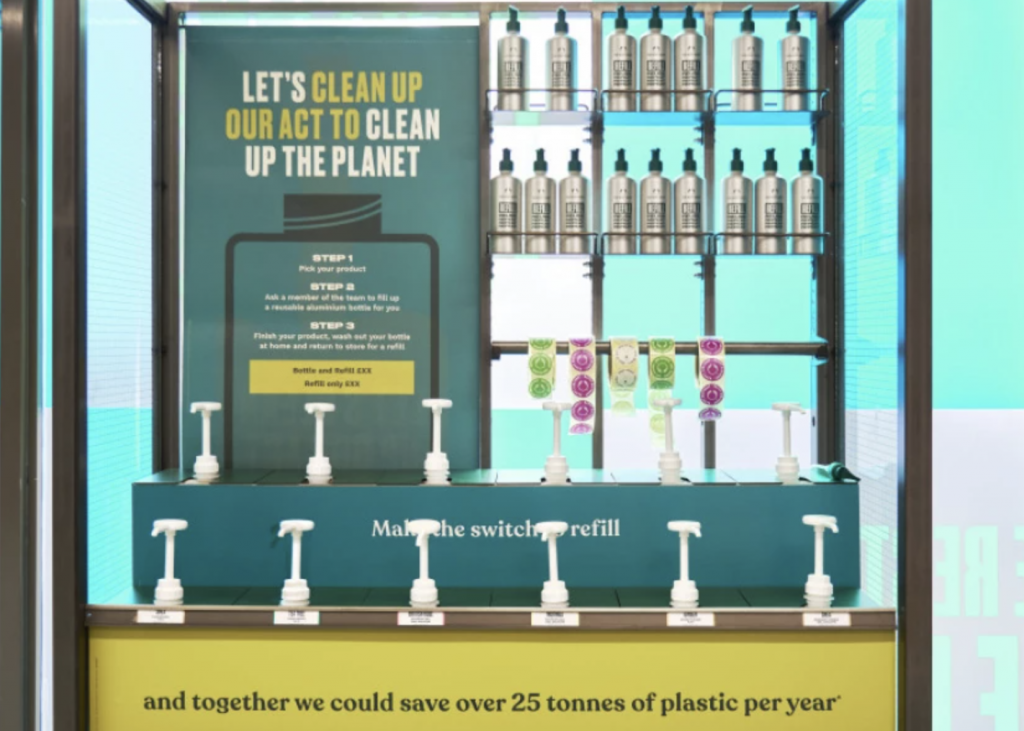
Their campaigns, like “Enrich Not Exploit” and various petitions on ethical trade and animal rights, blur the line between brand and activism. It’s marketing with a mission—and their customers feel like part of it.
What marketers can learn:
- Use physical spaces (like retail stores) to bring your sustainability story into the real world.
- Long-term credibility beats trendy messaging—consistency builds trust.
- Make customers feel like participants in your mission, not just purchasers.
Conclusion
Sustainability marketing isn’t about ticking boxes or riding trends—it’s about building trust, showing leadership, and connecting with customers on a deeper level.
What these four brands—Patagonia, IKEA, H&M, and The Body Shop—prove is that there’s no single way to approach it. Some lead with bold activism. Others focus on practical solutions. Some are still evolving, but they show up with honesty and progress.
The common thread? Action, consistency, and clear communication.
Modern consumers, especially younger ones, are paying attention. They don’t expect perfection—but they do expect intent.
For marketers, this is a huge opportunity. Done right, sustainability marketing doesn’t just create positive perception—it drives real loyalty, community, and long-term growth.
Now’s the time to move from messaging to meaning.
Because when values align, customers don’t just buy. They believe.